Since the 1990s, AHAs have become an increasingly popular ingredient in anti-ageing skin care due to their ability to visibly give the skin a more youthful appearance. But not only are they incredibly powerful at targeting the signs of ageing, they’re also fast-acting, meaning you can get younger-looking skin with minimal effort in next to no time.
We speak to Kerryn Greive, Scientific Affairs Manager for skin care brand Elucent, to get the lowdown on everything you need to know about AHAs.
What are AHAs?
“AHAs (or alpha hydroxy acids) are small-sized acids which can come from fruit or milk,” explains Kerryn. “There is a wide range of them including glycolic, lactic, malic, citric, [and] tartaric acid. The ones most commonly used in anti-ageing skin care products are glycolic acid and lactic acid due to their excellent ability to help renew the skin.”
How can glycolic acid and lactic acid benefit the skin?
According to Kerryn, glycolic and lactic acids work through three mechanisms: exfoliating, boosting collagen and elastin, and moisturising the skin. “Firstly, AHAs work by exfoliating the skin by breaking down the connectors between our skin cells, and this allows the skin cells to slough off. Secondly, they’re also very good at increasing the synthesis of collagen and elastin and this is what helps improve the fine lines and wrinkles. Finally, they’re also excellent for helping to moisturise the skin because they naturally draw water to themselves.”
How can they help to improve the appearance of the skin?
“The added hydration from AHAs can help to naturally plump the skin up, and if you plump your skin with water, the fines lines and wrinkles will temporarily fill out. Also, the fact that they boost the synthesis of collagen and elastin helps with smoothing out fine lines and wrinkles,” explains Kerryn.
But the benefits of AHAs don’t stop there – you can say hello to a more luminous complexion too. “They can also help give the skin a more glowy look as the younger, more transparent skin comes to the surface.”
How are AHAs different to other exfoliants such as scrubs or BHAs (beta hydroxy acids)?
“A regular exfoliator can be abrasive on the skin, and while it can give your skin a smooth feeling afterwards, it won’t have the moisturising benefits or the collagen and elastin-boosting benefits of AHAs.” And BHAs? “While similar to AHAs, BHAs are typically used to treat acne, not for anti-ageing,” Kerryn explains.
How do I use AHAs? How often should they be used?
The key to reaping the benefits from using AHAs is to gradually introduce your skin to this powerful ingredient. “If you put a very high concentration of AHAs straight onto your skin, or layer too many products that contain AHAs, you might find that your skin becomes irritated,” explains Kerryn.
But she advises that there’s no need to fret if your skin does react – it simply means that you need to pare back your usage of AHAs. “Irritation from AHAs is not a bad sign, but you might be starting too intensely with your AHA routine. Start by using an AHA cleanser like Elucent Gentle Cleanser, and if your skin doesn’t react, then introduce an AHA day cream,” she advises. “AHAs can make the skin more sun sensitive, so make sure your day cream contains SPF 50+ UVA and UVB sun protection like Elucent Anti-Ageing Day Moisturiser with SPF 50+,” she suggests.
“If your skin is comfortable, slowly introduce other products with AHAs like Elucent Eye Cream or Elucent Night Moisturiser, ensuring that your skin is still calm. It’s a matter of your skin getting used to AHAs.”

Do you think your skin would benefit from products containing AHAs?
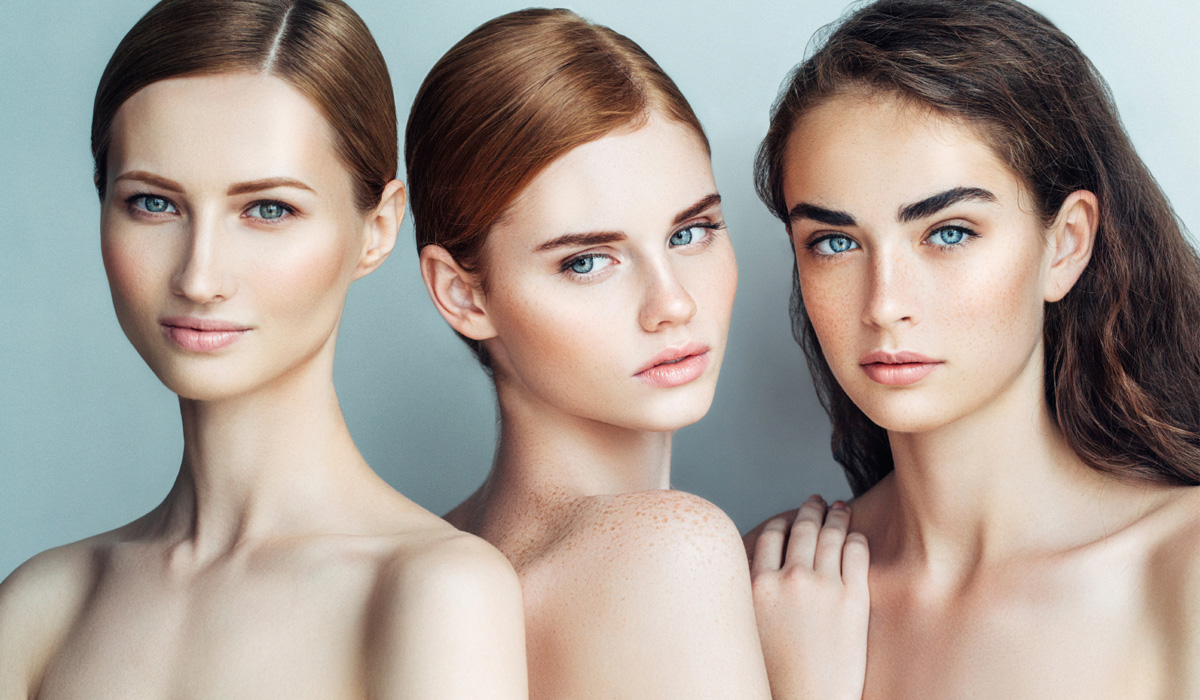
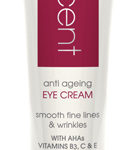

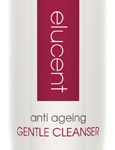
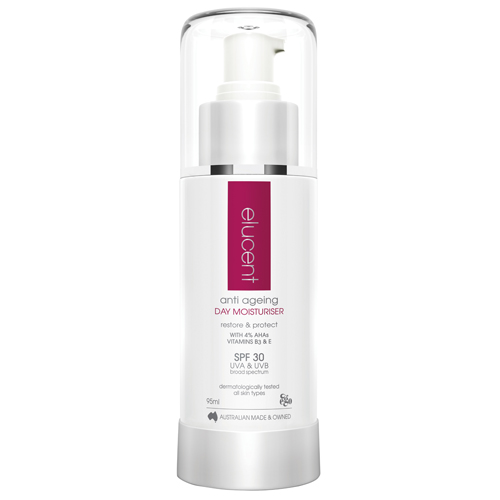
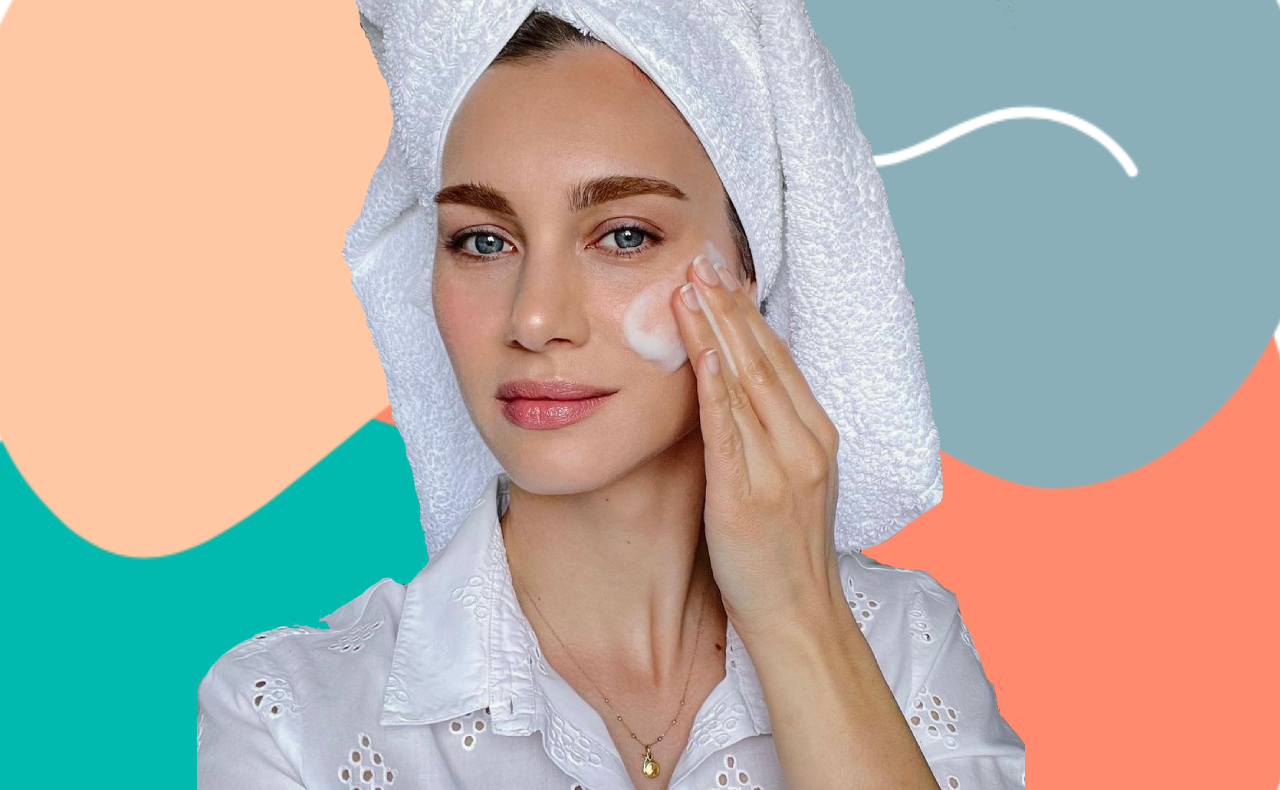


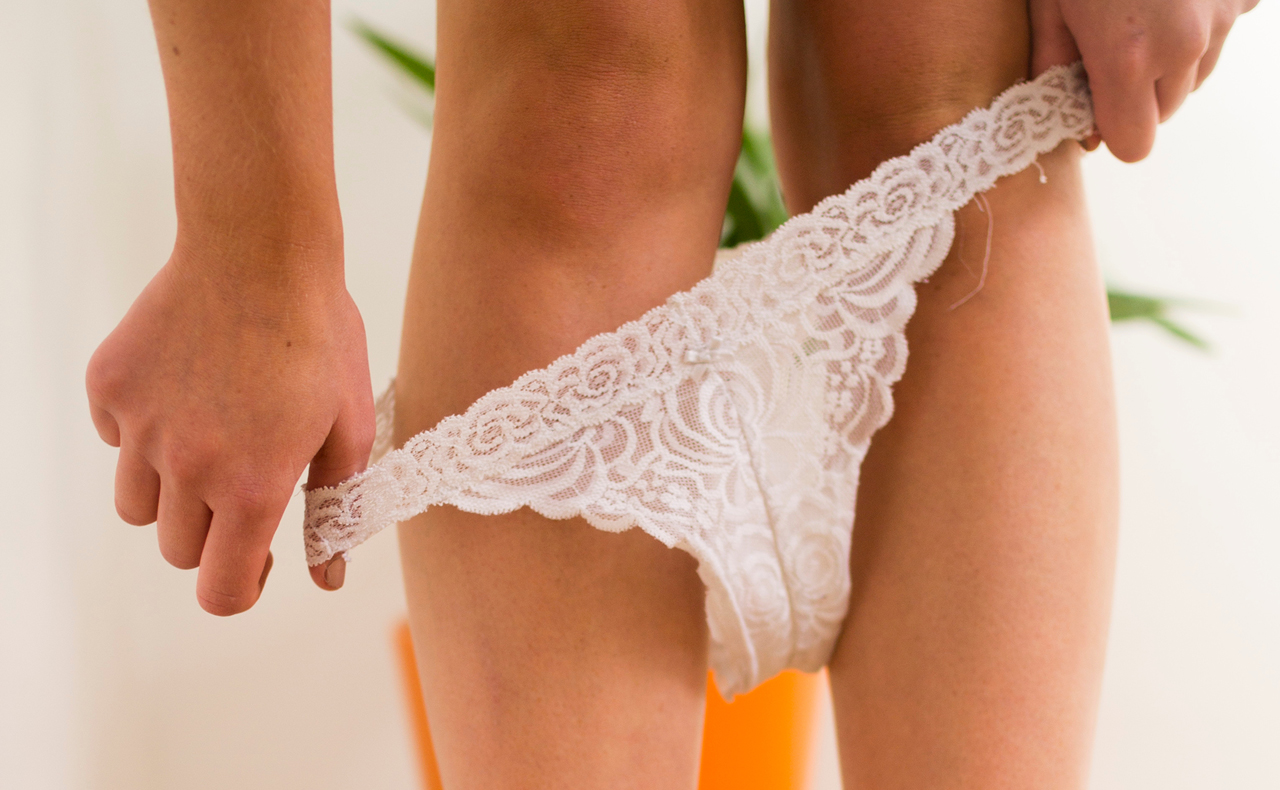
How do we know if the product contains naturally derived AHAs or is it synthetic?